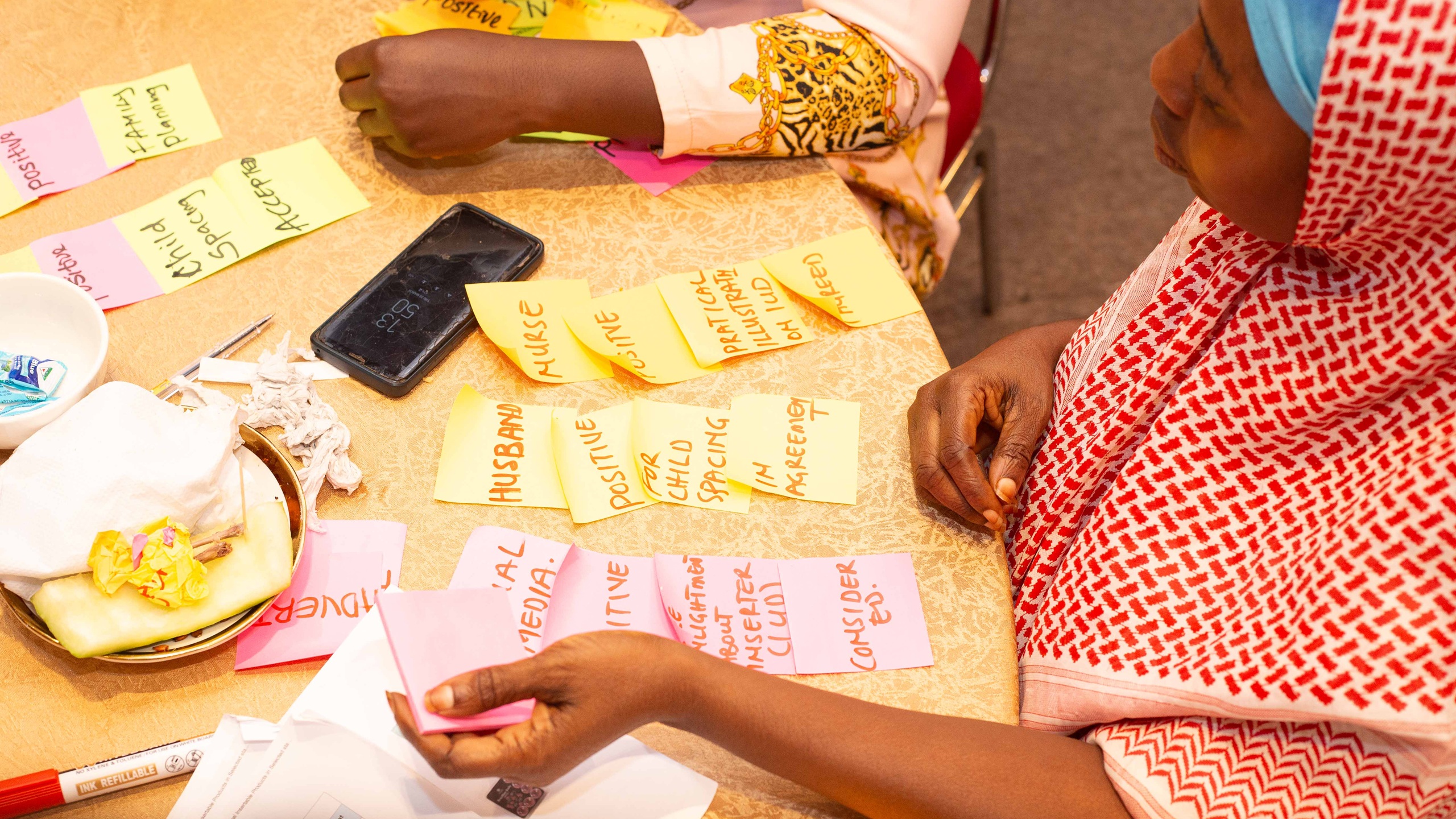Design for Social Impact 2.0

Last week Cooper-Hewitt and the National Endowment for the Arts hosted a “Social Impact Design Roundtable” with the gracious support of several foundations. The premise for the day was defined by the three questions:
1. Where are the gaps in socially responsible design? What are the biggest challenges?
2. What are organizational models of successful and sustainable ways of working in socially responsible design?
3. How can we effectively prepare future generations of designers for this growing area of design?
So what were some of the outputs from the roundtable? Expect a whitepaper synopsis by Julie Lasky available on the web in the next few months. But in case your expectations are high, there wasn’t any particularly new information revealed at the session. In the past four convening I’ve attended, we’ve identified more or less the same challenges:
- the struggle to communicate the “value” of design to funders, to risk-averse clients, to aid/development agencies.
- the difficulty in effectively engaging constituents and participants in other parts of the world.
- the notion of design imperialism and the fact that most design-speak is top-level, intangible, and inconsistent.
- and so on, and so on.
Has the industry made progress in the past four years? I really couldn’t say. We still struggle with just the name – social impact design vs. public benefit design vs. design for social innovation vs. BoP design – much less a common language.
We’re still missing the voice of the constituents. The summit is one of the few I’ve attended that actually included international representation with what appeared to be 3 out of 40 representatives from actual developing nations. Progress, but still well below what’s necessary.
We have a growing number of opportunities for junior and volunteer designers who want to work in this space, but almost zero opportunities for senior, experienced designers – is an inexperienced workforce really a benefit to the industry? Or a benefit to the communities being served?
And we still have very few firms who know a thing or two about implementation of solutions. Multiple voices at the table said, “Design is the easy part,” throughout the event. Implementation is the hard part, and perhaps the ripest area for intervention. There are maybe one or two firms I can think of that focus purely on implementation – neither was represented at the event.
Also notably missing from the table was (I think) the largest award-winning firm devoted social impact, Proximity Designs in Myanmar, as well as the innovative approach of Participle in the UK. And students! One of our questions was devoted entirely to students but other than one recent grad in the room, none were represented. (Design for America anyone?)
Cooper-Hewitt invites your answers to the three questions on their blog and is making an earnest effort to document the trials and successes from the industry. (Check out their “Design for the other 90%“ and “Design With the other 90%”). Check back in a few months for the more thorough notes from the session and hopefully some good starting points for action.
Despite my grumblings, I’m glad the conversations are happening and that funders are willing to facilitate them. But now that we have years of general consensus around the challenges, how can we start the process of improving the industry?


